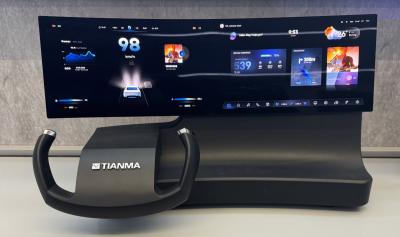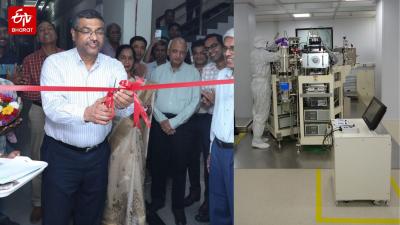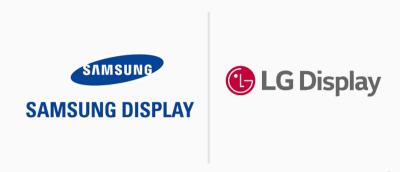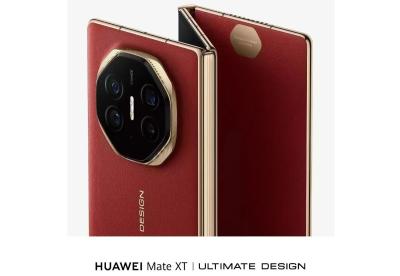Tianma and Corning show a dual-screen multi-curved color-matched automotive OLED display
At CES 2025, Tianma unveiled a new display prototype that it has developed in collaboration with Corning. This is an automotive OLED display that is made from two 13-inch AMOLED panels. The company says the new display offers "unparalleled visual clarity in automotive applications".
The new OLED display features a unique multi-curvature design, with a left curvature radius of R800mm for optimal driver focus, a middle curvature radius of R1140mm, and a right curvature radius of R2160mm to accommodate the passenger. The system seamlessly bonds two color-matched 13" OLED displays to the multi-curve cover glass made possible with Corning ColdForm technology.











